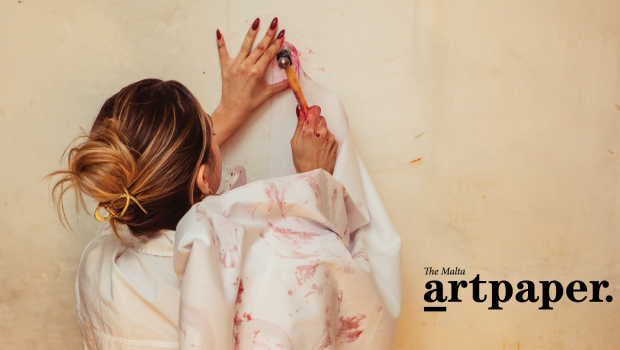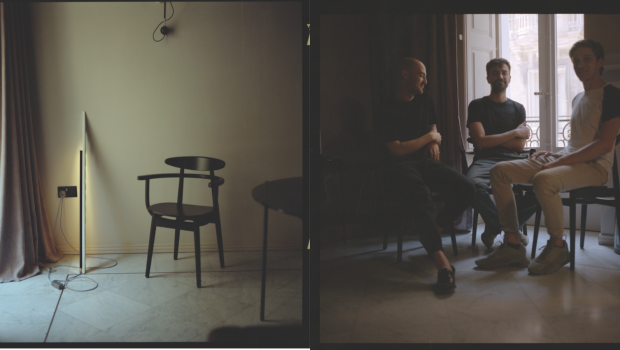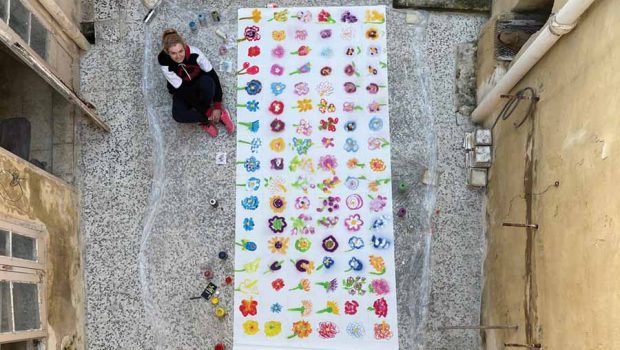Knowing Isabelle
As I sit at my desk, intent on finding the perfect words and the most fitting introduction, I feel resigned. Because there is / are none. No words suffice or do justice to the woman whom I had the pleasure of calling a friend, and, in many respects, also a mentor.

Isabelle was Isabelle. As anyone who had the pleasure of knowing her would immediately comprehend and attest to.
As my gaze veers towards the corner of the study, it rests upon Isabelle Borg’s peacock chair, which has been ‘mine’ for over 13 years, yet which I still consider hers. It’s ‘funny’ gifting a peacock chair to a friend; funny as in unusual, particular, yet also quite grand, as far as gifts are concerned. Yet the chair is a symbol and a reminder of Isabelle, who had been trying to dispose of as many items as possible that tended to collect dust in her Floriana home. Looking back, it seems like she was trying to buy time. Her pulmonary fibrosis was an intensely debilitating disease, yet I had never fully realised or even understood the extent to which it affected every part of her life and livelihood; she always wore a brave face; she always had a positive demeanour; she was nothing less than vibrant.
Without a shadow of a doubt, Isabelle will always be one of the (very) few women to deeply impact my life. Not just as a person, but also as an academic, as a creative, as a painter. As I close my eyes, all I can see are her long, black tresses, her knowing, cheeky smile, and a myriad of colour. Folds upon folds. Bold brush marks, within which she wove the narratives of her travels, of her nearest and dearest as well as her own. She had an unequivocal knack when it came to colour, irrespective of the subject. I’ve experienced abstract works of hers, seemingly created with a restricted monochromatic palette of two shades, and I’ve seen landscapes which contain every colour in the spectrum.
Her landscapes, especially those featuring Irish countryside, are still a means of connection for her former partner, Graham Cooper, who is based in Ireland and who confesses that “every day there is some visual reminder of Isabelle’s Irish landscape art, sometimes it could be sight of an approaching shower falling from a heavy, rain laden line of clouds as in Raining over Brandon Bay (oil on gesso on canvas, 42cm x 62cm, 2000).” He also tells me, that, “at least once a month, as daylight fades to night, I’ll look up and glimpse through a gap in passing clouds, the moon… that moon that Isabelle said would always be shining above us, no matter how far apart we might be.”
A whole decade has elapsed since her passing. And the more time passes, the more I fear that her work is receding into memory. In these 10 years, there has been but a single exhibition featuring her work. No museum, or official body has yet seen fit to dedicate a retrospective, monograph, publication, talk or commemorative event to her life and work. Not even the Bank of Valletta, with their long line of retrospective shows, would make an exception and feature the work of an artist who has now passed.
Some four years back, I had brokered a collaboration between Graham Cooper, as well as the founder of ARTZ ID and former managing director of Iniala5 Gallery, Maria Galea, for Isabelle’s work to be safeguarded and showcased, and for her legacy to remain alive. Maria organised the only exhibition, in 2017, since Isabelle’s passing – a small yet significant exhibition which featured some of her more iconic works. Maria is now attempting to ‘recreate’ Isabelle’s first exhibition, held in 1985 at the Museum of Archaeology in Valletta. It has been officially proposed to Heritage Malta for their prestigious Gran Salon, and may hopefully take place next year. In Maria’s words: “[Isabelle] has left behind a legacy of works which transcend who she was and how she lived. Bold colours, familiar faces, powerful landscapes and connections to her Maltese heritage. Keeping her voice alive through her work, as well as the remembrance of her life, is a duty which I have taken upon myself. Honouring a life taken too early – a life of an icon that Malta should embrace and look up to for generations to come.”
Although I’ve always found difficulty in referring to Isabelle as a female artist,
she understood, as I did, the need of emphasis on gender within the right contexts and with the right objectives. Such is the gap between males and females in the art world, that women still need to iterate their sex within the fields and environments in which they work, even though Isabelle’s work was always strong enough to contend with any other artist’s. It is high time that Isabelle Borg’s work as well as her immense contribution to the story of art in Malta, be fully recognised and more importantly, showcased. She was an educator and an academic for many years; present and future generations need to have ways and means of studying and referencing her work. We allow too many things to perish and be forgotten. Isabelle Borg shouldn’t be one of them.
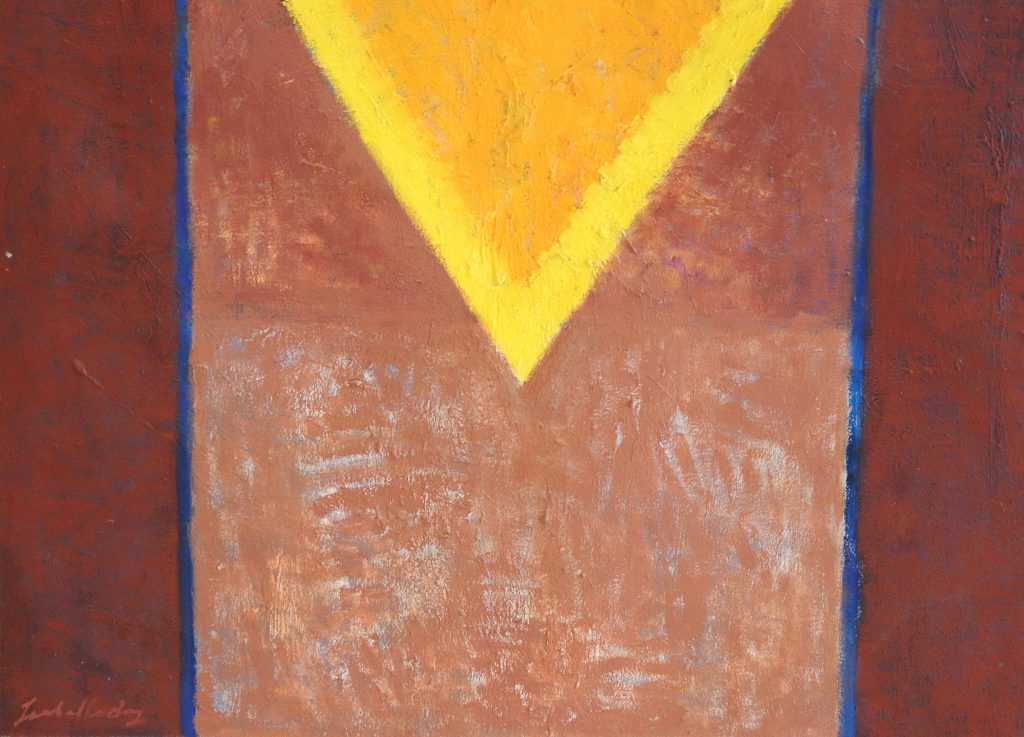
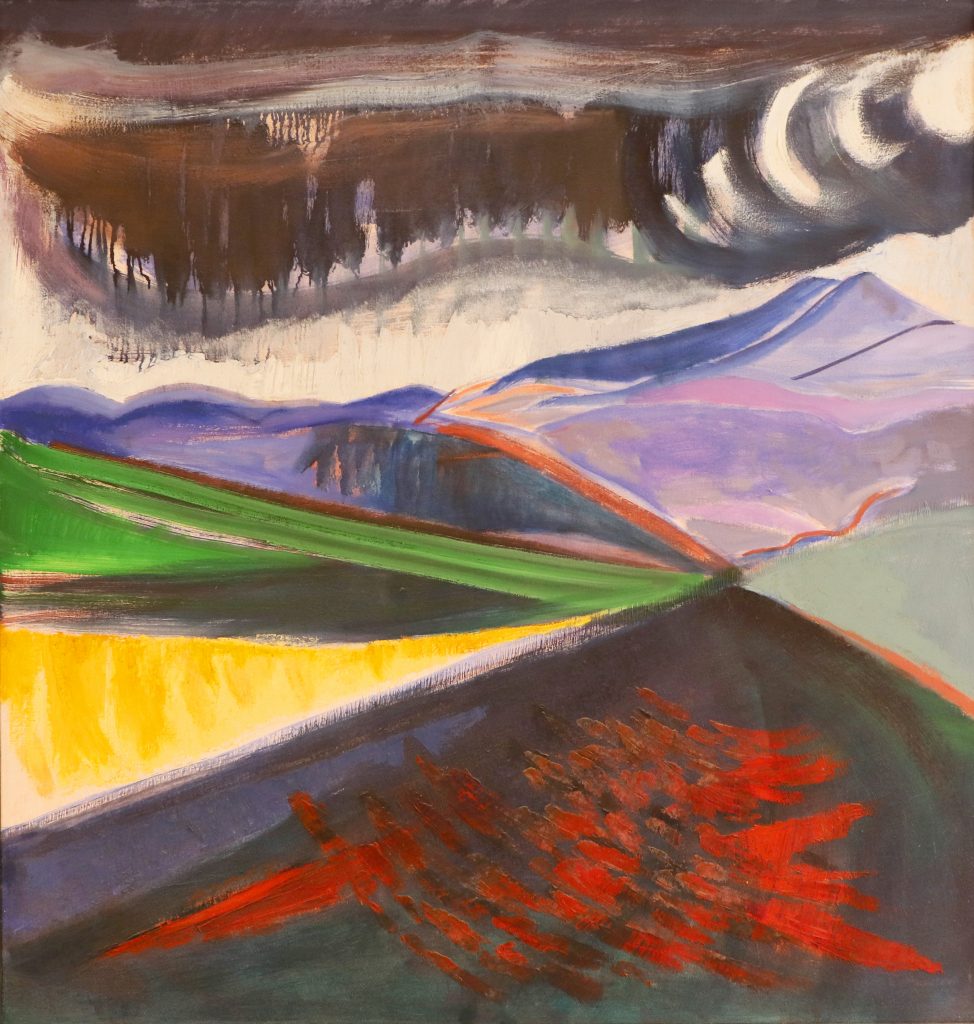


Exhibited in Strange Cargo at The National Mueum of Fine Arts, Malta, 2008

